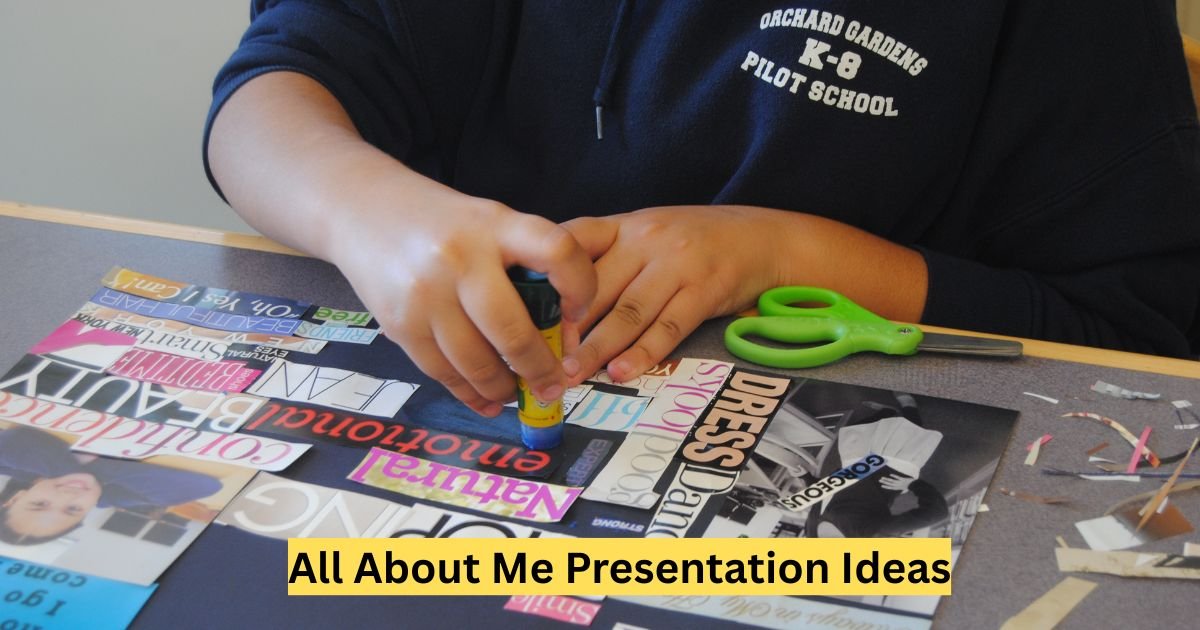Creativity is the heartbeat of innovation, driving businesses to stand out in competitive markets. Managing creativity effectively can transform your organization, fostering growth, problem-solving, and adaptability. But how do you harness this dynamic force without stifling it? This article explores practical strategies, real-world examples, and data-driven insights to help you nurture creativity in your business while maintaining structure and productivity.
|
Topic |
Key Points |
|---|---|
|
Understanding Creativity in Business |
Creativity fuels innovation, problem-solving, and competitive advantage. It’s not just for artists—it’s a business asset. |
|
Creating a Creative Culture |
Foster psychological safety, encourage diverse perspectives, and reward experimentation to build a creative workplace. |
|
Balancing Structure and Freedom |
Set clear goals while allowing flexibility to avoid stifling creativity. Use frameworks like design thinking. |
|
Leveraging Technology for Creativity |
Tools like AI, collaboration platforms, and project management software enhance creative workflows. |
|
Measuring Creative Success |
Track innovation metrics like new product launches, employee engagement, and customer feedback. |
|
Overcoming Creativity Challenges |
Address fear of failure, silos, and burnout to sustain creative momentum. |
Why Is Creativity Important for Business Success?
Creativity in business isn’t just about brainstorming wild ideas—it’s about solving problems, improving processes, and delivering value to customers. According to a 2023 Adobe study, 78% of business leaders believe creativity is critical to economic growth, yet 61% feel their teams lack the tools to innovate effectively. By managing creativity, businesses can:
-
Differentiate: Stand out in saturated markets with unique products or services.
-
Adapt: Pivot quickly in response to market changes or disruptions.
-
Engage: Boost employee morale and customer loyalty through innovative experiences.
For example, Apple’s relentless focus on creative design has made it a global leader, with its market cap exceeding $3 trillion in 2024. Creativity, when managed well, becomes a strategic asset.
How Can You Foster a Creative Culture in Your Workplace?
A creative culture encourages employees to take risks, share ideas, and collaborate. Here’s how to build one:
Encourage Psychological Safety
Employees need to feel safe sharing unconventional ideas without fear of criticism. Google’s Project Aristotle found that psychological safety is the top factor in high-performing teams. Create an environment where mistakes are seen as learning opportunities.
-
Tip: Host regular “idea jams” where all suggestions are welcomed, no matter how outlandish.
-
Example: Pixar’s “Braintrust” meetings allow candid feedback on film projects, fostering creative collaboration.
Promote Diversity and Inclusion
Diverse teams bring varied perspectives, sparking innovation. A 2022 McKinsey report showed that companies with diverse leadership are 25% more likely to outperform financially.
-
Tip: Recruit from varied backgrounds and encourage cross-departmental collaboration.
-
Example: Nike’s diverse design team created the FlyEase Tip: Use anonymous surveys to gather honest feedback from all levels of the organization.
-
Example: Airbnb’s global design team incorporates cultural insights to create inclusive user experiences.
Reward Experimentation
Recognize and reward employees who take calculated risks, even if the outcome isn’t perfect. This builds a culture of innovation.
-
Tip: Implement a “failure fund” to support small-scale experiments without high stakes.
-
Example: 3M encourages employees to spend 15% of their time on passion projects, leading to innovations like Post-it Notes.
How Do You Balance Structure and Creative Freedom?
Too much structure can stifle creativity, but too little can lead to chaos. Striking a balance is key.
Set Clear Goals
Define the “what” (the outcome) but not the “how” (the process). This gives employees freedom to innovate within boundaries.
-
Tip: Use OKRs (Objectives and Key Results) to align creative efforts with business goals.
-
Example: Google’s “20% time” policy allows engineers to work on side projects, resulting in products like Gmail.
Use Creative Frameworks
Frameworks like design thinking or agile methodologies provide structure while encouraging experimentation.
-
Tip: Run design sprints to prototype and test ideas quickly.
-
Example: IDEO’s design thinking process has helped clients like PepsiCo redesign customer experiences.
Avoid Micromanagement
Empower teams to make decisions, reducing bottlenecks and fostering ownership.
-
Tip: Train managers to coach rather than control.
-
Example: Spotify’s “squad” model organizes teams into autonomous units, boosting creative output.
What Role Does Technology Play in Managing Creativity?
Technology can amplify creativity by streamlining workflows and enabling collaboration. Here’s how to leverage it:
Collaboration Tools
Platforms like Slack, Miro, or Trello facilitate idea-sharing and project tracking.
-
Tip: Use digital whiteboards for virtual brainstorming sessions.
-
Example: Atlassian’s Confluence helps remote teams document and iterate on creative ideas.
AI and Automation
AI tools like Jasper or MidJourney can generate creative content, from marketing copy to visual designs, saving time for human innovation.
-
Tip: Use AI to analyze customer data and uncover creative insights.
-
Example: Coca-Cola used AI to create personalized ad campaigns, increasing engagement by 20%.
Project Management Software
Tools like Asana or Monday.com keep creative projects on track without stifling flexibility.
-
Tip: Integrate time-tracking to identify bottlenecks in creative workflows.
-
Example: Wieden+Kennedy uses project management tools to streamline global ad campaigns.
How Can You Measure Creative Success?
Measuring creativity can be tricky, but it’s essential to track progress. Focus on both quantitative and qualitative metrics:
-
Innovation Output: Track new products, services, or processes launched.
-
Employee Engagement: Use surveys to gauge how empowered employees feel to innovate.
-
Customer Feedback: Monitor how creative initiatives impact customer satisfaction.
Featured Snippet Answer: To measure creative success in business, track innovation output (e.g., new products), employee engagement through surveys, and customer feedback to assess impact.
-
Tip: Set SMART (Specific, Measurable, Achievable, Relevant, Time-bound) goals for creative projects.
-
Example: Patagonia measures creativity through sustainability innovations, like its Worn Wear program, which resonates with eco-conscious customers.
What Are Common Challenges in Managing Creativity?
Creativity isn’t without hurdles. Here’s how to overcome them:
Fear of Failure
Employees may hesitate to share bold ideas if they fear repercussions.
-
Tip: Celebrate “smart failures” that lead to learning.
-
Example: Amazon’s Fire Phone flopped, but lessons learned fueled the success of Alexa.
Departmental Silos
Lack of cross-functional collaboration can limit creative synergy.
-
Tip: Host cross-departmental hackathons to spark new ideas.
-
Example: Microsoft’s One Microsoft initiative broke silos, leading to integrated products like Teams.
Burnout
Overworking creative teams can drain inspiration.
-
Tip: Encourage regular breaks and mental health support.
-
Example: Basecamp’s 4-day workweek boosted employee creativity and retention.
Practical Tips for Sustaining Creativity Long-Term
To keep creativity thriving, adopt these habits:
-
Invest in Training: Offer workshops on creative problem-solving or storytelling.
-
Celebrate Wins: Publicly recognize creative contributions to motivate teams.
-
Stay Curious: Encourage employees to explore trends outside their industry.
-
Iterate Constantly: Treat creativity as an ongoing process, not a one-time event.
See Also: top10ideas.org
Conclusion
Managing creativity in your business is about creating an environment where ideas flourish, risks are embraced, and innovation drives results. By fostering a creative culture, balancing structure with freedom, leveraging technology, and measuring progress, you can unlock your team’s full potential. The result? A business that’s adaptable, competitive, and ready for the future.




